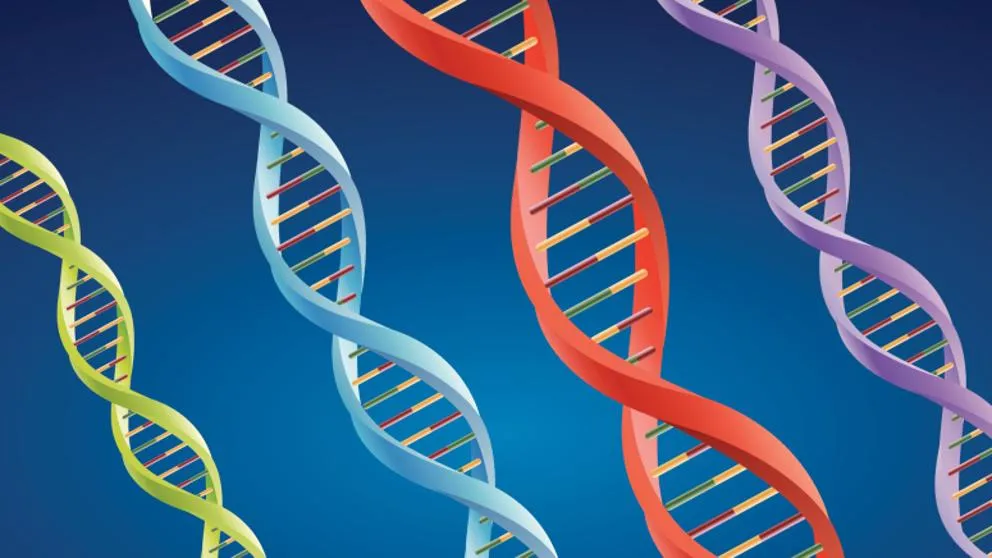Genetic defects related to diabetes alter the reading of their genes of certain pancreas cells.
Why do some people develop type 2 diabetes, while others who live the same lifestyle never have this disease?For decades, scientists have tried to solve this mystery and have found more than 80 small DNA differences that seem to increase the risk of the disease in some people or protect others from dangerously high levels of blood sugar, the distinctive sealof this disorder.
But this search has not managed to find a "firm of type 2 diabetes".Now, a team of scientists reports in an article published in 'Proceedings of the National Academy of Sciences' of a discovery that could explain how multiple genetic defects can lead to the same disease.They have identified something that some of these diabetes -related genetic defects have in common: they seem to change the way in which certain pancreas cells "read" their genes.
The discovery could help design more personalized treatments for diabetes.But for now, it is the first demonstration that many DNA changes related to type 2 diabetes have to do with the same DNA reading molecule, called regulatory factor X (RFX) a master regulator of agene series
a capacity of a receptor is disturbs
The team, formed by experts from the University of Michigan (UM), of the National Institutes of Health, of the Jackson Genomic Medicine Laboratory, of the University of North Carolina and the University of the South of California, all of them institutions of states of states statesUnited, reports that many diabetes -related DNA changes affect RFX's ability to join specific places in the genomes of pancreatic cell groups called islets, which in turn alters the ability of cells to lead tocarried out important functions.
The islets contain the cells that produce hormones, such as insulin and glucagon, which keep sugar in the balanced blood in healthy people.In individuals with diabetes, that regulation is wrong, leading to a range of health problems that can be developed for many years.
"We have found that many of the subtle DNA spelling differences that raise the risk of type 2 diabetes seemand bioinformatics, and human genetics at the UM School of Medicine."RFX is probably unable to read the ill -written words and this interruption of regulatory grammar plays a significant role in the genetic risk of type 2 diabetes," he continues.
The researchers had previously carried out an extensive examination of the DNA of samples of isolated islets of 112 people and characterized the differences not only in the DNA sequences, but also in the way in which the DNA was packaged and modified by epigenetic factors, and the levelsof gene expression products that indicated the frequency with which genes had been read and transcribed.This allowed them to track the "footprints" that RFX and other transcription factors leave in the DNA packaged after having done their job.
RFX and other factors do not join directly to the part of a gene that encodes a protein that does a cellular work, but also gathered a section of DNA near the gene, a kind of landing floor.But when genetic changes related to type 2 diabetes are present, that track is interrupted, and RFX cannot function as it should.
Each DNA change couldAltering this union in a different way, which leads to a slightly different effect on the risk of type 2 diabetes or blood sugar regulation.But the common factor for many of these modifications was its effect on the area where it is predicted that RFX will join, in pancreatic islet cells.According to Parker, this shows how the genome-the real sequence of DNA-can influence the epigenoma, or the factors that influence gene expression.
The researchers point out that a mortal form of diabetes seen in a handful of babies born every year can be related to RFX mutations.This pathology, called Mitchell-Riley syndrome, supposes neonatal diabetes and pancreas malformation and is known to be caused by a rare autosomal mutation recessive in a rfx form.


